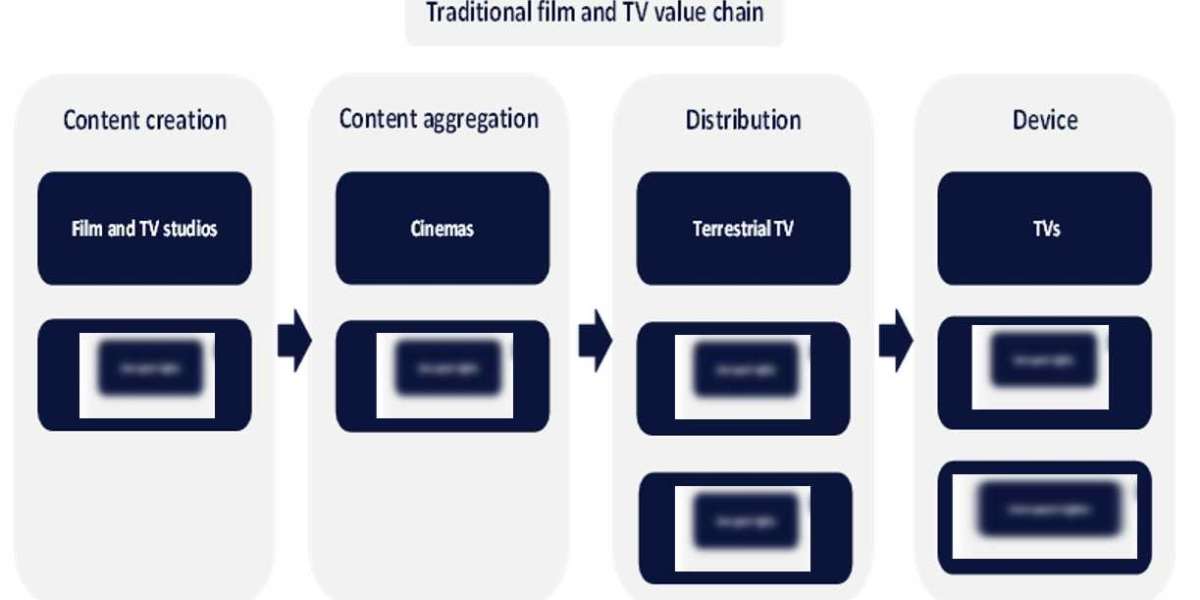The video streaming market has experienced explosive growth over the past decade, fundamentally transforming how people consume entertainment. With the widespread adoption of high-speed internet and an ever-expanding variety of content, video streaming has become a cornerstone of modern media consumption. This shift has had a profound impact not only on the entertainment industry but also on advertising, technology, and even global culture. In this article, we'll explore the current state of the video streaming market, examine the major players, and discuss the key trends and challenges shaping the industry in 2024.
Current State of the Video Streaming Market
The video streaming market has seen remarkable growth in recent years. According to industry reports, the global video streaming market size was valued at over $50 billion in 2021 and is projected to reach more than $150 billion by 2028, with a compound annual growth rate (CAGR) of around 20%. This rapid expansion is driven by several factors, including the proliferation of high-speed internet, increasing adoption of smart devices, and changing consumer preferences.
Major players in the video streaming market include industry giants like Netflix, Amazon Prime Video, Disney+, and Hulu, each offering a unique mix of content and subscription models. These platforms have set the standard for original programming, personalized user experiences, and seamless streaming technology. Smaller platforms and niche services are also gaining traction, targeting specific demographics or content genres.
Major Video Streaming Platforms
In the current video streaming market, there are a few key platforms that dominate the landscape. Netflix, with its vast library of original and licensed content, has become synonymous with streaming. Its aggressive investment in original programming has paid off, with hit shows like "Stranger Things" and "The Crown" attracting millions of subscribers.
Amazon Prime Video, as part of the larger Amazon ecosystem, offers a diverse range of content, including exclusive series and movies, as well as free shipping benefits for Amazon Prime members. Disney+, launched in 2019, quickly became a powerhouse with its extensive collection of Disney classics, Marvel movies, and Star Wars series. Hulu, known for its focus on current TV shows and next-day streaming, remains a strong competitor in the market.
Other platforms like Apple TV+, HBO Max, and Peacock are also making waves, each with their unique content offerings and subscription models. The competition among these platforms is intense, leading to a diverse and constantly evolving streaming landscape.
Technological Innovations
Technological advancements have played a significant role in the growth of the video streaming market. High-definition (HD) and ultra-high-definition (UHD) content, such as 4K and HDR, have become increasingly popular, providing viewers with stunning visuals and immersive experiences. Adaptive streaming technology ensures smooth playback even in varying network conditions, enhancing the overall user experience.
Furthermore, cloud-based infrastructure has allowed streaming platforms to scale rapidly and deliver content globally. Content Delivery Networks (CDNs) have become essential for reducing latency and ensuring high-quality streaming. As technology continues to evolve, the industry is poised to embrace new innovations, such as augmented reality (AR) and virtual reality (VR), which could further transform the streaming experience.
Trends in Content Creation
The video streaming market has also influenced the way content is created. With the rise of platforms like YouTube and TikTok, user-generated content has become a significant part of the streaming ecosystem. Independent content creators and influencers have built massive followings, attracting partnerships with major streaming platforms.
Original programming has become a key differentiator for platforms like Netflix and Amazon Prime Video. These platforms invest heavily in producing exclusive content to attract and retain subscribers. This trend has also given rise to diverse storytelling, with creators exploring new genres and unique narratives that appeal to a wide audience.
Additionally, the trend toward shorter, bite-sized content has gained momentum, appealing to viewers with busy lifestyles and shorter attention spans. This shift has opened opportunities for new formats and innovative storytelling approaches.
The Rise of Subscription Models
Subscription-based video streaming services have become the dominant model in the industry. Platforms like Netflix and Disney+ offer subscription plans that allow users to access a vast library of content without the need for traditional cable or satellite TV subscriptions. This model provides viewers with the flexibility to watch what they want, when they want, without long-term contracts or additional fees.
The rise of subscription models has also encouraged the development of content tailored to specific demographics or interests. Niche platforms focusing on particular genres, such as horror or anime, have found success by catering to dedicated fan bases. Additionally, subscription services have contributed to the decline of traditional TV advertising, as viewers increasingly opt for ad-free streaming experiences.
For more insights on the value chain components in the video streaming industry, download a free sample report








